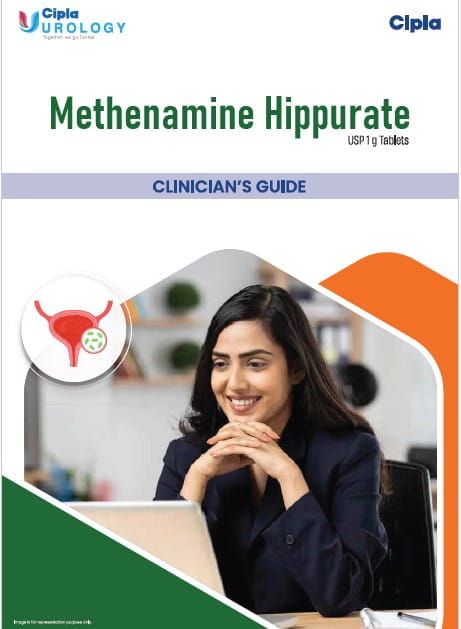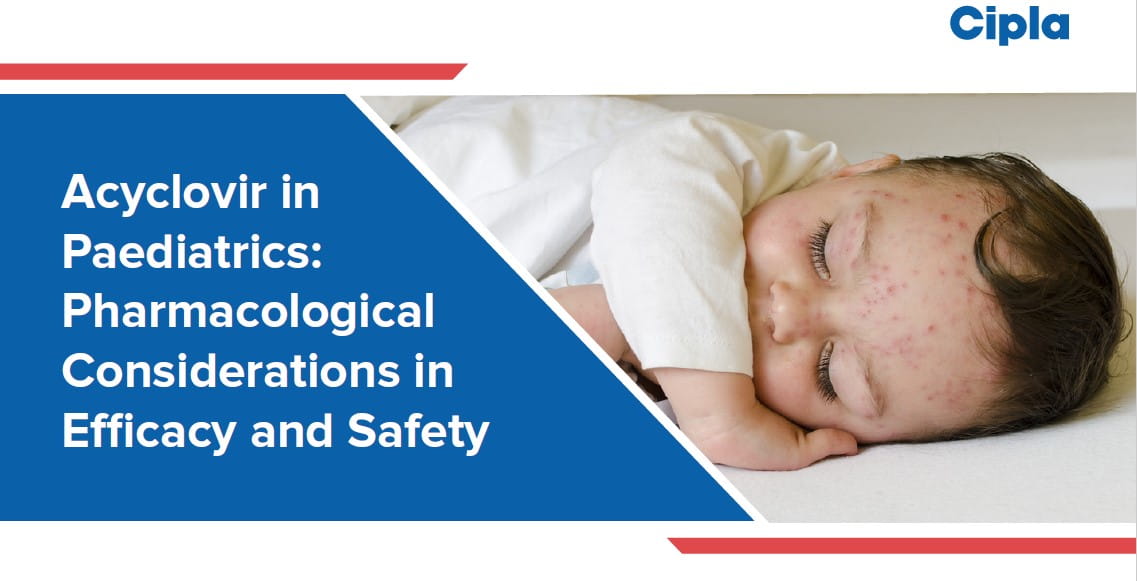ECCMID 2023: Artificial Intelligence Becoming Natural in Infectious Disease
Use of Fourier Transform Infrared (FT-IR) Spectroscopy to Create a Neural Network to Real Time Tracing of Citrobacter koseri Clonal Strains – Mattia Scarazzai
Citrobacter koseri is an opportunistic pathogen that causes outbreak in neonatal ICU. For active surveillance, 106 isolates were collected out of which 58 were outbreak strains. These strains were analyzed using genetic typing methods including PFGE and cgMLST. But genetic typing is time consuming and to overcome this issue, FT-IR spectroscopy was used which is traditionally used in chemistry, but has recently been applied for bacterial typing. In FT-IR, each isolate is replicated to four spectra and then all the spectra are compared. Statistical tools used for cluster analysis are PCA, LDA, and HCA. The analysis shows three main clusters- the outbreak cluster formed two different clusters (1a and 1b) and cluster 2 made by 11 isolates. On the basis of this data, automated classifiers were made, the first step of which was to identify the training set which is made of isolates that belong to each cluster and the spectra region that included all the other isolates not belonging to any of the clusters. The next step was to find parameters that were principle component (PC) in the algorithm. The PC goes from number 1 to 17, with 1 having the highest variance and last the lowest. 500 training cycles were performed based on the optimization by trial-and-error. The biotyper software made 4-fold validation to assess accuracy of training. External validation of training set was done by test set composed of isolates not used for the training. The literature suggests to use 70% of training and 30% of test set, but to increase the reliability of validation, 42% of test set was used which showed accuracy of 97%. Outlier detector tool evaluated spectral distance of a sample i.e., new unknown isolate from the training set. For each spectra, there is a value that goes from 0 to 100, and mean value was calculated for each isolate. Traffic light color code system was used where green represented isolate score ≥80 with high reliability. The test set showed 45/46 isolates with high reliability and 1 with moderate reliability. The classifier can be used to identify whether the new C. koseri isolate belong to cluster 1a, 1b or 2, and to monitor the spread of the strain. In conclusion, FT-IR save time and allow real time epidemiological surveillance by giving results in less than 2 hours. Moreover, it has overcome the technical issues of genetic typing method, hence, it can be easily applied in clinical routine. Another application of FT-IR coupled with automated classifier is tracing of virulent or MDR strains.
Artificial Intelligence Software for Use in Automatic Sorting of Cultures in the Laboratory – Caitlin N Murphy
Phenomatrix has a lot of adaptability depending on culture types and protocols. It can do automatic detection of organisms on any chromogenic medium, colony counting including growth/no growth sorting, and colony recognition. For the application of phenomatrix, the cultures were divided into 3 categories for analysis-no/insignificant growth, mixed growth (contamination with mixed urogenital/skin flora; mixed pathogens), and significant growth. In a study, 2,301 urine cultures plated to blood/mac biplates were evaluated by comparing manual reading (MR) with phenomatrix (PM). Results showed agreement with same category assigned by MR and PM of 88.5%. Non-agreement was 11.4%, where in essential agreement PM and MR assigned a different insignificant result and in review PM assigned a potential significant result and MR an insignificant result. Disagreement was 1.26% (29) where PM assigned an insignificant result and MR a potential significant result. Secondary tech review was performed for disagreement results where 8/29 cultures had true disagreement with mixed flora or minimal growth. With the remaining 8 cultures with true disagreement, sensitivity of PM was 99.7% compared to tech reading. Sorting cultures were highly accurate which allows for more rapid reporting of cultures.
Accurate and Rapid Antibiotic Susceptibility Assessment Using Machine Learning-assisted Nanomotion Technology Platform – Alexander Sturm
All cellular processes cause living cells to vibrate, referred to as nanomotion, which can be measured using the Resistell technology platform. This technology has hardware components including phenotech device and sensor and software components that include machine learning platform and algorithms for data classification. The device has a micro-mechanical sensor cantilever for immobilized bacteria. The data acquisition allows to record frequency and amplitude of the deflections of cantilever. The cantilever looks like a springboard, the beam on the cantilever gets reflected back to photodetector that detects motions. Cells are attached to the cantilever, the more active cells are, the more it oscillates the cantilever. When exposed to a drug, susceptible cells cease to vibrate (antibiotic susceptibility test). To compare susceptible and resistant strains in a broad range of isolates, certain mathematical values need to be fed into the machine learning for such classification. Signal parameters (SPs) are exponential curves that help distinguish susceptible and resistant (S/R) isolates. However, response to an antibiotic is diverse among clinical isolates, and thus, >100,000 SPs from the nanomotion signal must be selected and combined to a score for optimal classification, which can be done using machine learning. In a study, 83 K. pneumoniae isolates were recorded in nanomotion with various MICs against ciprofloxacin that showed several S/R strains, and using >1 SP showed higher accuracy, sensitivity and specificity, reaching pareto optimality. The next generation of ultra rapid AST allows for 2hour recording with high sensitivity. Nanomotion technology platform is being applied and developed for several indications such as phage therapy, M. tuberculosis susceptibility test, UTI, fungal susceptibility test and cancer drug susceptibility test.
Morphological Identification of Clinically Encountered Moulds Using a Residual Neural Network – Ran Jing
Invasive mould infections are gradually increasing, mainly affecting patients with compromised immune systems. Traditional morphological identification is time-consuming and insufficient. Artificial intelligence (AI) has greatly advanced the development of medicines and identification of cancer cells and microorganisms. Automatic microscopic scanning machine can identify 56 species with >1,200,000 images to set up fungal image database followed by training set. Next step is creating test set and then evaluating it on the AI system. The input images of an isolate passes through the ResNet-50 network to get the final identification result. Image texture after Automatic Color Equalization (ACE) gets clearer than the raw image by normalizing image color distribution, background color, brightness and reducing overfitting. When nine taxa of clinical moulds were passed through the network, it successfully identified each complex. The identification accuracy of the AI system was 93% with a confidence above 90%. ACE processing improved the identification performance of XMVision Fungus AI for images acquired from different settings. In summary, AI shows advantages in the identification of clinical moulds. It has a high commercial application and will be suitable for primary hospitals. It requires only fungal microscopic images. ResNet-50 model solves the data-labeling problem. A future attempt is to move the implementation of this AI system from computer to mobile devices to achieve more convenient point-of-care testing of mould identification.
AI and Microscopy for the Improvement of Blood Parasites Diagnosis – Rubio Jose M Rubio
Microscopy examination is the gold standard for diagnosing several pathologies. AI can revolutionize microscopy diagnosis to provide more accurate and faster diagnosis. There is only 1% of AI regulated algorithms for microbiology. For malaria, there are a few AI diagnosis device that are not on-site platforms and has a closed system where results cannot be confirmed by staff, quality of parasite staining could be affected, and they do not follow the WHO diagnostic recommendation. The present multicenter work aims to increase the diagnostic capacity for blood parasites using AI algorithms in smartphone devices, using traditional microscope and following WHO recommendation. Steps involved are digitizing the microscope using 3D printer adapter and smartphone, creating digital network of microscopic images through a telemedicine platform, developing and deploying AI algorithms for each parasite, and putting an app that work without needing an internet connection. In an AI model study using >300 pathogen samples, the AI algorithms detected filaria, chagas and malaria disease with the identification of microfilaria, T. cruzi and Plasmodium spp, respectively. The advantages of an open system of integrated web platform are the ability to diagnose at distance through telemedicine in remote areas, get a second opinion in real-time, for training purposes and achieving quality control. In conclusion, the presented system transforms an optical microscope into an intelligent digital microscope through AI algorithms. A web platform allows remote diagnostic confirmation and create image library for educational purposes. The technology can be extended to other infectious diseases, making universal diagnosis more accessible.
European Congress of Clinical Microbiology and Infectious Diseases (ECCMID) 2023, 15-18 April 2023, Copenhagen, Denmark




